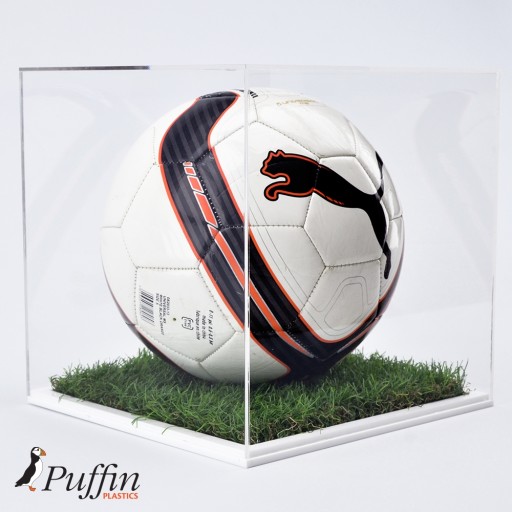Fire Exit Down Left Sign - Guiding to Safety with Precision
Product Overview:
The Fire Exit Down Left Sign is a specialized form of safety signage specifically designed to navigate occupants towards a fire exit that is located downwards to the left from the sign's position. This sign is critical in multi-level buildings or premises with complex layouts, ensuring that in the event of a fire or other emergency, individuals can quickly and efficiently find their way to safety. The combination of downward and leftward arrows or explicit directional indicators provides unambiguous guidance, crucial for preventing panic and facilitating smooth evacuations.
Key Features:
- Explicit Directional Guidance: Offers clear direction with arrows pointing downwards and to the left, efficiently guiding occupants to the nearest safe exit route in complex environments.
- High Visibility: Crafted with high-contrast colors, typically utilizing a green or red background with white or luminous lettering and symbols to ensure standout visibility even in smoke-filled or poorly lit conditions.
- Compliance with Regulations: Designed to meet or exceed local and international standards for emergency evacuation signage, ensuring legal compliance with fire safety and building codes.
- Durability and Reliability: Manufactured from materials capable of withstanding a range of environmental conditions, including exposure to light, moisture, and physical impacts, thus ensuring longevity.
Specifications:
- Material Choices: Available in a variety of durable materials, including but not limited to plastic, aluminum, and photoluminescent substances that emit a visible glow in the absence of lighting.
- Luminous Features: Photoluminescent options are particularly beneficial, absorbing light and glowing in the dark to maintain visibility during power failures or in naturally low-light areas.
- Directional Signage: Features both downward and leftward pointing arrows, clearly directing users towards the intended fire exit path.
Applications:
- Multi-Level Structures: Essential in buildings with multiple floors such as apartment complexes, office buildings, shopping centers, and hospitals, where navigating to an exit may require descending levels.
- Complex Layouts: Particularly useful in facilities that feature intricate design elements, helping to avoid confusion and efficiently guide individuals towards exits that are not immediately apparent.
- Enhancing Safety Protocol: An integral component of a comprehensive fire safety and evacuation strategy, contributing significantly to the overall protection and well-being of occupants.
Installation Recommendations:
- Strategic Placement: It's crucial to position signs at key decision points within the premises, especially where corridors branch or where changes in direction towards the designated exit are necessary.
- Height and Visibility: Ensure signs are mounted at an optimal height, generally around eye level to an average adult, in locations free from obstructions that might impede visibility.
- Maintenance and Inspection: Regularly inspect signs for damage, wear, or diminished visibility, with prompt replacement or maintenance as necessary to maintain efficacy in emergency situations.
Importance of Fire Exit Down Left Signs:
Fire Exit Down Left Signs play a pivotal role in emergency response plans by offering clear, straightforward guidance in high-stress situations. Their presence can substantially mitigate confusion, reduce evacuation times, and enhance overall safety during fire incidents or other emergencies, making them a vital element of any building's safety infrastructure.
Conclusion:
Fire Exit Down Left Signs are indispensable in ensuring the safe and orderly evacuation of occupants from multi-level or intricately designed buildings during emergencies. By providing explicit directional cues, they help to streamline the evacuation process, significantly reducing the risk of harm and ensuring compliance with essential safety regulations. Optimal placement, combined with regular maintenance, ensures these signs serve their purpose effectively, guiding individuals to safety when it matters most.

